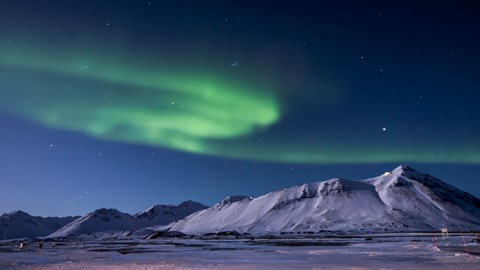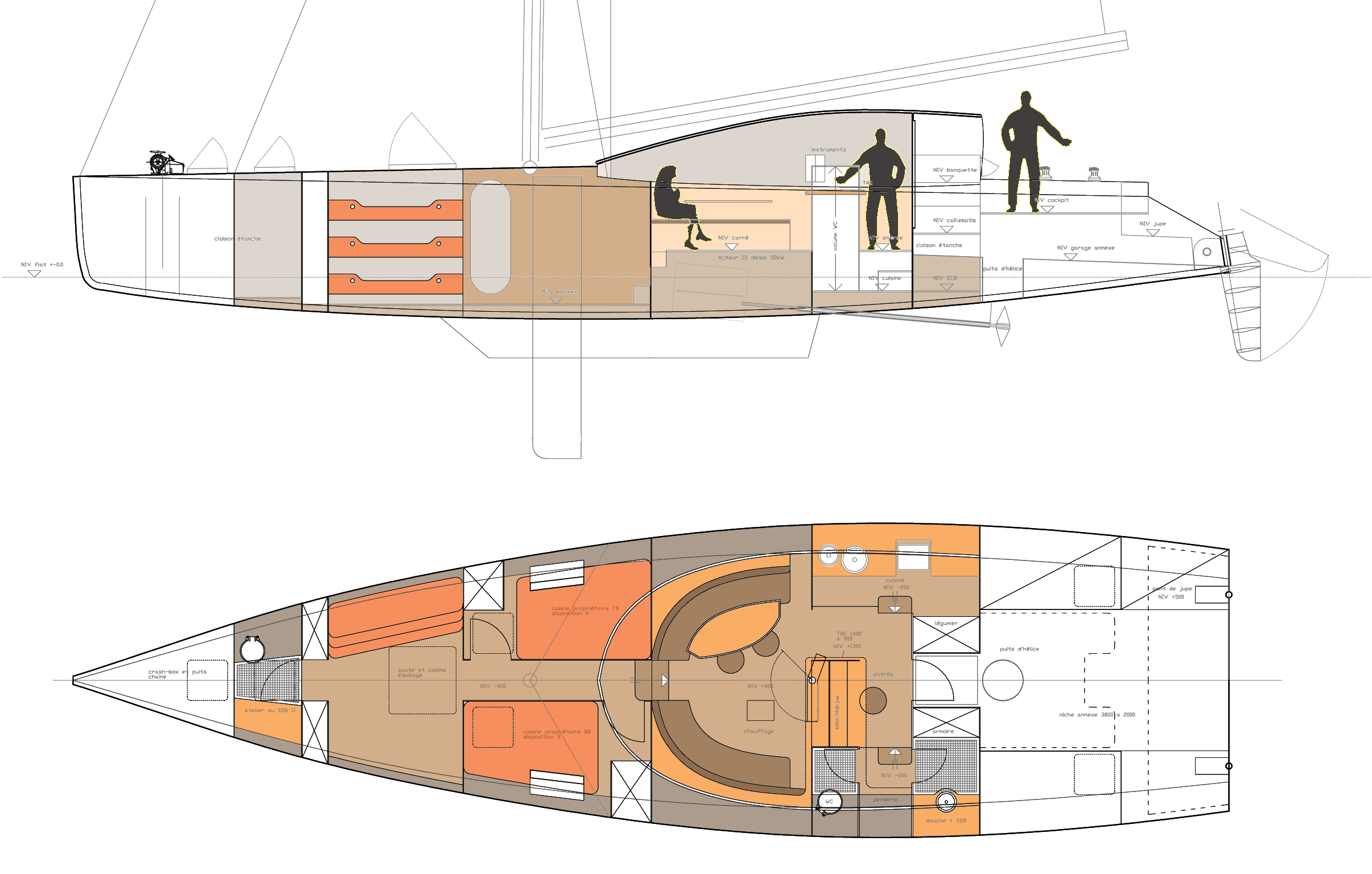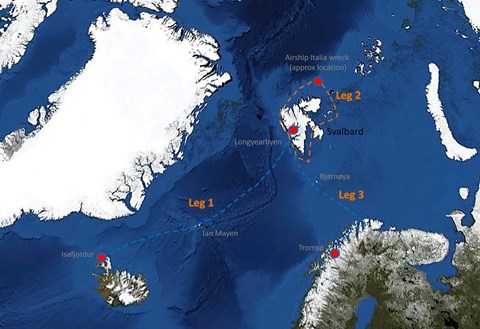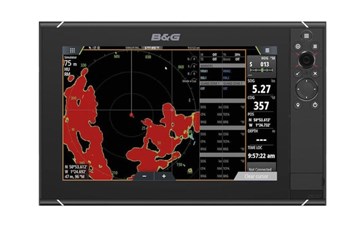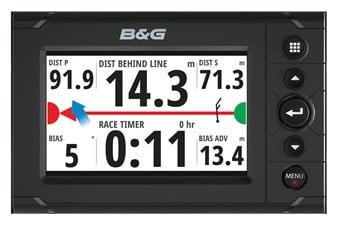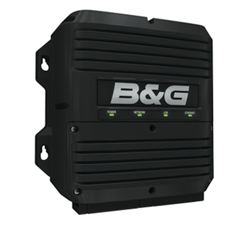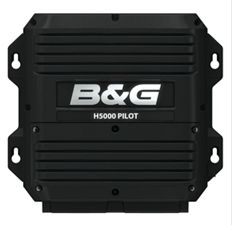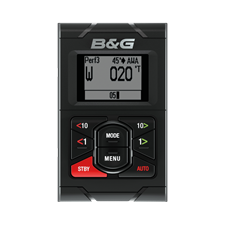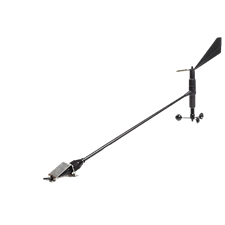“When sailing in the Arctic we leave the comfort zone of man and machine. B&G is known for the excellence of its autopilots and we are confident that this equipment will live up to the challenges, as well as B&G's state of the art 3D sounding, charting and display equipment that will provide invaluable information while sailing the wild and still uncharted waters North and East of Svalbard. Self reliance is a key to venturing into remote destinations and makes the choice of equipment with a high standard of quality very important.”
Science and Adventure
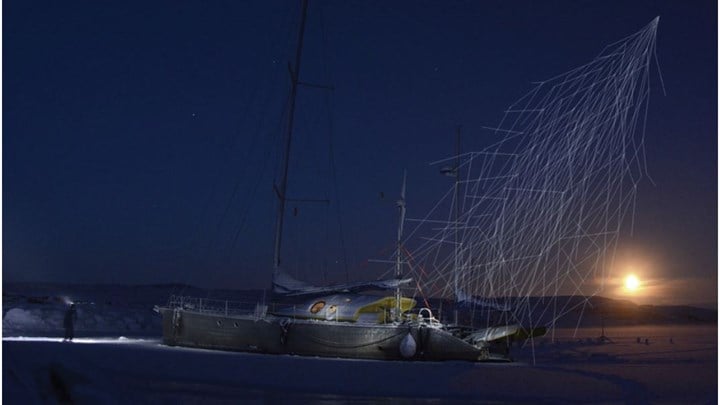
Cosmic Rays
The PolarquEEEst device measured the intense cosmic ray flow above the Arctic circle.The CLOUD experiment at CERN has recently demonstrated that cosmic rays may influence cloud cover either through the formation of new aerosols (tiny particles suspended in the air that can grow to form seeds for cloud droplets) or by directly affecting clouds themselves: Clouds exert a strong influence on the Earth’s energy balance; changes of only a few per cent have an important effect on the climate. Better understanding the connection between cosmic rays and clouds is therefore key to improving our ability to make more accurate mathematical models able to predict how climate will evolve.
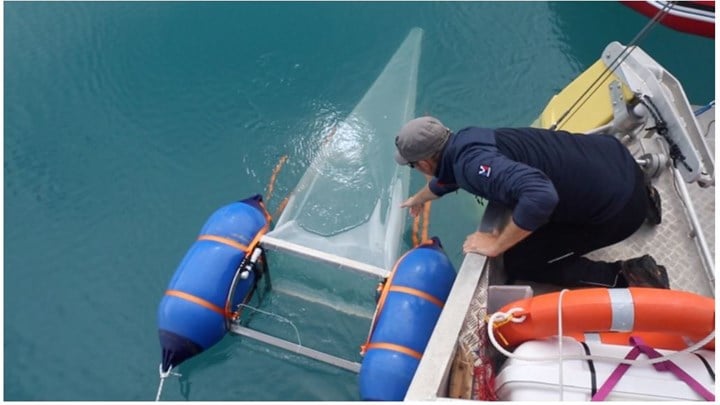
Microplastics
Microplastics, i.e. plastic particles smaller than five millimetres in size, are a pervasive pollutant, widely dispersed in the marine environment and can be found in the water column, on beaches and on the seabed. Recently, microplastic presence was reported in ice cores from remote areas of the Arctic Ocean. This is particularly worrying as polar waters, and the Arctic region in particular, support an important and diverse marine food web and ecosystem, from planktonic communities to marine mammals, which is very vulnerable to marine pollution. In spite of the potential threat of this emerging pollutant, there are few regulations in terms of production, use or emissions of microplastics, very few ways of monitoring it, and, last but not least, there is a lack of awareness among people worldwide of the gravity of this threat. There is therefore an urgent need to assess the levels of microplastic pollution in the Arctic, to allow for future microplastic monitoring and to assess the risk of the potential impacts of decreasing sea ice, increasing shipping and commercial activity in the area.
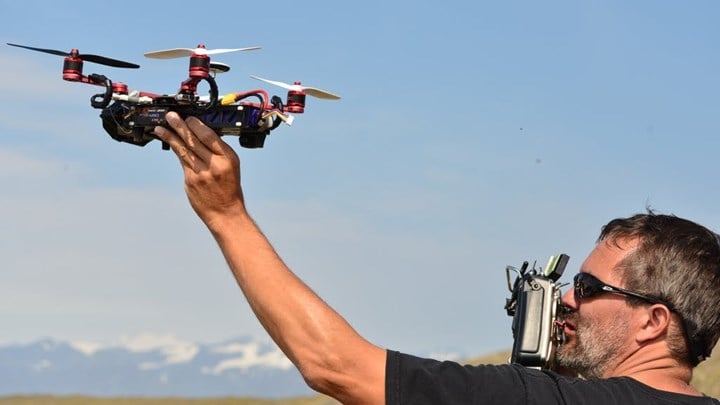
AURORA Accessible UAV's
Small flying drones are becoming widespread as tools for scientific research and communication on remote environments. The current opportunity of using “consumer-level” technologies of this kind allows to remarkably widen their uses and therefore the potential of knowledge acquisition. This approach, however, depends highly on the fact that instrumental configurations and workflows are properly integrated with deployment needs in the specific conditions and environments. The Scientific group onboard NANUQ are equipped with several small multirotor drones, optimized for different and complementary research and documentation activity. They are used to acquire data and to validate methods of observation, analysis and documentation. The overall purpose of activity program is to contribute to scientific knowledge and information on the present state of some relevant Arctic environments.
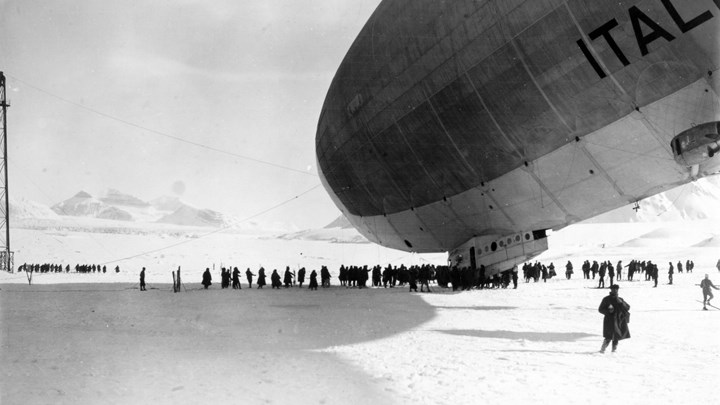
Airship Italia
On May 25 1928, Airship Italia, commanded by Umberto Nobile, one of the founding fathers of Arctic exploration, crashed on the way back from the North Pole, about 120 km northeast of Nordaustlandet, Svalbard (81°14 N 28°14 E), killing part of the crew trapped in the still drifting airship envelope and leaving the survivors stranded on the pack ice. The crew managed to salvage several items from the crashed airship gondola, including a radio transceiver, a tent which they later painted red for maximum visibility, and, critically, boxes of food and survival equipment which quick-witted engineer Ettore Arduino had managed to throw onto the ice, before he and his five companions were carried off to their deaths by the wrecked but still airborne airship envelope and keel. POLARQUEST continued the search with a pioneering attempt at relocating the sunken wreck of Umberto Nobile’s Airship Italia, on the 90th anniversary of its crash, taking advantage of the melting ice in the region for the first time in centuries – but like their predecessors were unsuccessful.
B&G onboard Nanuq
B&G Zeus³ 12-plotter med global baskarta
Zeus³ 12-plottern är ett lättanvänt navigeringssystem med sjökortsplotter för långfärdssegling och havskappsegling. Det har en 12-tums pekskärm, elektronik med höga prestanda och en mängd olika funktioner som är speciellt framtagna för seglare. Levereras med global baskarta
SEK 41.100 kr
41100.00
SEK
http://schema.org/OutOfStock
H5000 grafisk skärm
Den här kraftfulla färgdisplayen på 5 tum är läsbar i solsken och har ett enkelt användargränssnitt samt mängder med unika seglingsfunktioner, inklusive SailSteer och Start Line.
H5000-processor Hercules
Den kraftfulla H5000-processorn med Hercules-programvara är rustad för framgångar på tävlingsbanan, med utökade dataalternativ och förbättrade tävlingsfunktioner.
H5000 Pilotdator
B&G:s rekordbrytande styrenhet har dedikerade styrlägen och seglingsalgoritmer inklusive vindbyrespons, återhämtning och respons för hård vind.
H5000 Controller för styrenhet
Ger säker kontroll och inställning för autopilotsystem via en dedikerad knappsats. Kan användas som primär autopilotstyrenhet, eller som sekundär station för en Zeus-sjökortsplotter, och ger pålitlig kontroll och återkoppling via den högupplösta displayen.
Vindsensor 213
Masttoppenhet 213 är en högpresterande vindsensor som är beprövad på havet, som tillhandahåller rådata om vindens hastighet och vinkel till instrumentsystemet.

